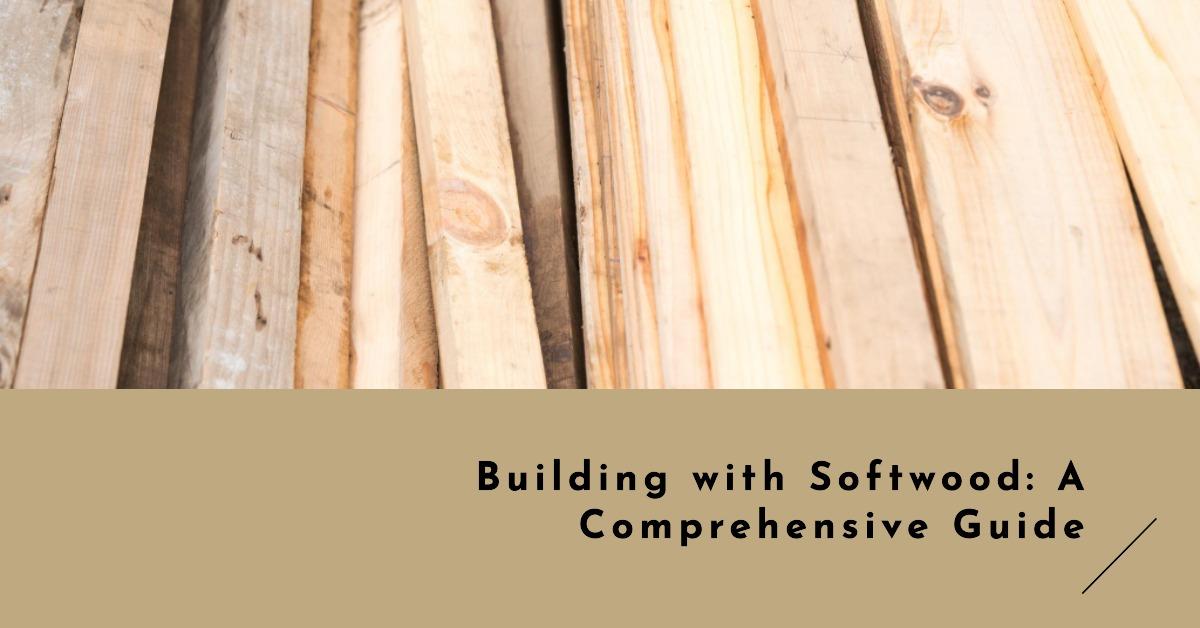The Pros and Cons of Softwood in Construction and Carpentry
Softwood, a commonly used building material, has been a cornerstone of construction and carpentry for centuries. With its versatility, affordability, and sustainable qualities, softwood remains a popular choice for a wide range of projects. In this comprehensive blog post inspired by Timber Explore, we will delve into the various advantages and disadvantages of using softwood in construction and carpentry. From its strength and workability to potential issues like susceptibility to pests, we’ll explore why softwood has been a preferred material for generations and discuss situations where alternative options might be more suitable.
Strength and Versatility
Softwood, despite its name, is a strong and versatile building material. We’ll discuss its various applications in construction and carpentry, from framing and structural elements to creating intricate details in woodworking projects.
Sustainable Sourcing
One of the key benefits of softwood is its sustainability. We’ll delve into the responsible forestry practices, certifications, and the renewability of softwood resources, highlighting its eco-friendly qualities.
Cost-Effectiveness
Softwood is often more budget-friendly than its hardwood counterparts. We’ll explore how this cost-effectiveness makes it an attractive choice for large-scale construction projects and how it can save money in carpentry endeavors.
Workability and Ease of Use
Carpenters appreciate softwood for its ease of use. We’ll discuss how softwood’s workability simplifies cutting, shaping, and assembly, making it ideal for DIY projects and intricate woodworking designs.
Vulnerability to Pests and Decay
One of the drawbacks of softwood is its susceptibility to pests and decay. We’ll outline the common pests that can affect softwood and strategies to protect against infestations and rot, ensuring the longevity of your projects.
Appearance and Aesthetics
Softwood can bring a warm and natural beauty to construction and carpentry. We’ll explore how different softwood species offer a range of grain patterns, colors, and textures, allowing for versatile design options.
Durability and Maintenance
We’ll discuss the durability of softwood, including its ability to withstand wear and tear in various conditions, and provide tips on maintenance to ensure its longevity.
Alternatives to Softwood
While softwood has numerous advantages, it’s not always the best choice for every project. We’ll briefly introduce alternatives like hardwood and engineered wood and when they might be more appropriate.
Softwood in Sustainable Building
As the construction industry embraces sustainability, softwood plays a vital role in green building practices. We’ll explore how softwood contributes to energy-efficient and eco-friendly construction.
Case Studies and Examples
We’ll provide real-world case studies and examples of softwood applications in construction and carpentry, illustrating its strengths and showcasing the beautiful results it can achieve.
Conclusion
Softwood remains a tried-and-true building material in construction and carpentry. Its strength, versatility, cost-effectiveness, and sustainable qualities make it a compelling choice for a wide range of projects. However, it’s essential to be aware of its vulnerability to pests and decay, and to implement protective measures. Ultimately, the decision to use softwood should be based on the specific requirements of your project. With the right knowledge and precautions, softwood can continue to be a valuable and eco-friendly resource for builders and carpenters, contributing to sustainable and aesthetically pleasing construction and woodworking endeavors.

